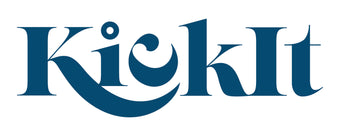Hospital pajamas should be designed for both pre and post-surgery patients and should prioritize comfort, convenience, and accessibility to accommodate various medical procedures and stages of recovery. Here are the 10 key features to consider:
Pre-Surgery Hospital Pajamas:
- Easy Accessibility: Front-closure pajamas with snap sleeves from hand to collar make it easy for medical staff to access the patient's body during pre-surgery preparations and IV insertion.
- Modest Coverage: Pajamas provide adequate coverage to maintain the patient's privacy while still allowing easy access for medical examinations, procedures and surgical sites post surgery.
- Comfortable Fabric: Soft, hypoallergenic, and breathable materials like modal reduce skin irritation and promote comfort during pre-surgery waiting periods
- Adjustable Waistband: An adjustable waistband allows for a customizable fit and accommodates changes in the abdominal area due to surgery.
Post-Surgery Hospital Pajamas:
- Front-Closure: Front-closure pajamas continue to be practical for post-surgery patients, as they don't require lifting the arms for dressing or undressing.
- Port Access: If the patient has a chemotherapy port or other medical devices, consider pajamas with discreet openings or snaps for easy access without removing the entire garment.
- Drain Management: Pajamas with pockets to secure surgical drains can provide comfort and convenience for patients who have undergone certain surgical procedures.
- Tagless Labels: Use tagless labels or heat-sealed labels to prevent skin irritation and discomfort.
- Loose-Fitting: Loose and relaxed-fit pajamas prevent pressure on surgical sites and provide comfort during recovery.
- Moisture Wicking Fabric: Continue to prioritize soft, breathable, and moisture-wicking materials for post-surgery pajamas to reduce skin irritation and promote healing.
Remember that individual patient needs can vary, so providing a variety of options and consulting with healthcare professionals can help tailor pajamas to specific surgical procedures and patient preferences.


